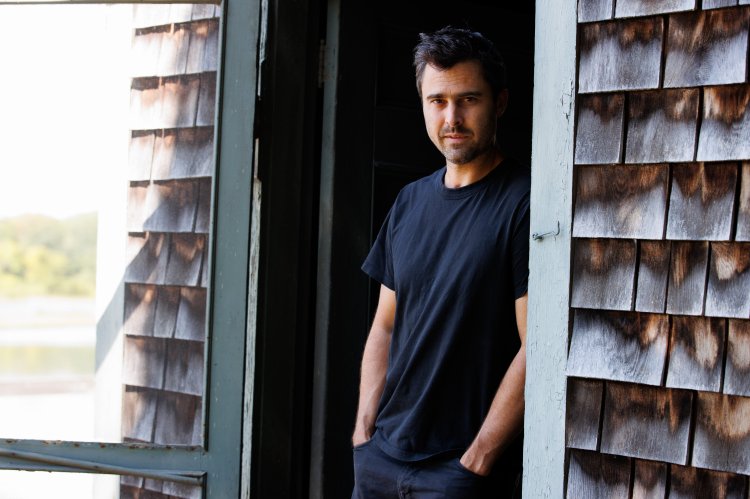
Did it begin with the errant tour of Bowdoin’s campus, or was it the sap-sweet smell of bark on the drive from Massachusetts?
Ben Shattuck isn’t sure when he chose Maine, only that its role in his writing seemed inevitable. He saw the state as more character than place, a retreat that is at once remote and teeming with music.
Maine was the location for Shattuck’s short story “The History of Sound,” set in the backwaters of Maine. The story was turned into a feature film — filmed in New Jersey and abroad — that arrives in theaters this month, directed by Oliver Hermanus and starring Paul Mescal and Josh O’Connor.
The story follows Lionel and David, two music students in the early 20th century, who fall in love and spend a summer roaming Maine’s woods to collect folk songs on wax cylinders.
It’s a dreamy, effervescent journey, cut too short when circumstances force the pair apart. Only decades later does Lionel finally receive the cylinders, when they are discovered, dusty and untouched, in a house in Brunswick. The recordings give voice to the regret and love Lionel has never lost.
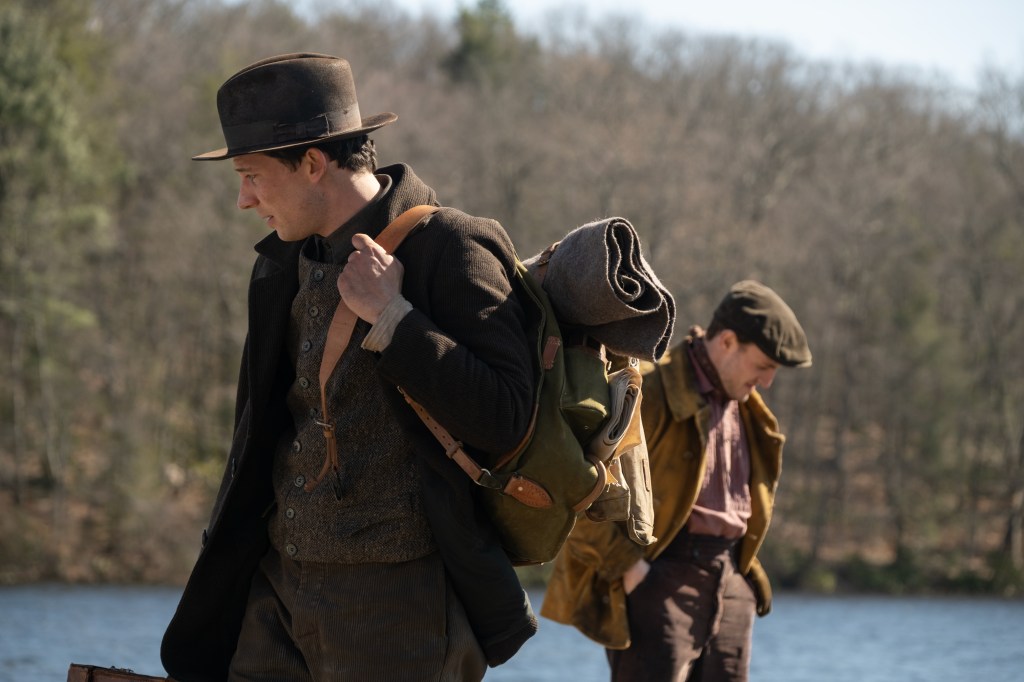
Shattuck published “The History of Sound” in 2024 in a collection of 12 short historical fiction stories. The audiobook version is voiced by Mescal, Shattuck’s wife Jenny Slate and a slew of actors and friends. The stories themselves act as couplets, the first story completing the twelfth, and so on.
A Massachusetts native married to actress and comedian Slate, Shattuck leads a private life. He runs Davoll’s, a rustic general store established in 1793 in South Dartmouth, and is often behind the easel of his next oil painting.
Shattuck’s Maine ties run deep: Before writing full time, he studied arctic terns on Maine’s Isle of Shoals as an ornithological field assistant. He’s played music on Isle au Haut, completed an artists residency in Winter Harbor and visits an uncle in Damariscotta.
The Press Herald asked Shattuck to talk about how Maine shaped his writing.
Why did you choose Maine for the song-collecting journey?
I’m a very New England writer, and the landscape is always kind of a character in my writing. And so I wanted to find a place that had a rich history of music, but was also distant enough that it would warrant music collectors going and collecting folk songs.
Maine felt distant enough and big enough and wild enough and musically rich enough that sound recordings would come from there. And I know there are a lot of phonograph wax cylinder folk songs from Maine.
What drew you to Maine’s islands as a setting for the story?
When I was at Shoals Marine Laboratory, there was a woman who was a lab technician who was from Isle au Haut. And she and I became friends because I played banjo, she plays fiddle, and in the afternoons, we would play on the porch on Appledore Island.
So I visited her, and had just been enchanted by Isle au Haut. I knew that when I had the character, Annie, who discovered the cylinders, (take) a journey that would change her significantly, I wanted it to happen on a place that felt as remote and beautiful as Isle au Haut. An island off of an island.
You bring places like the defunct Augusta train station back to life. What was your research process?
When you’re writing historical fiction, oftentimes the research is just to strip away anachronism, so to not mention the wrong thing about the wrong time in the wrong place. I can just say to you: ‘This story is set in the early 1900s and they had wax cylinders,’ and then you would drum up an image in your mind of what that would be like. But in filming the movie, the props department needed to find out exactly what font the wax phonograph cylinders would use, and it has be way more specific.
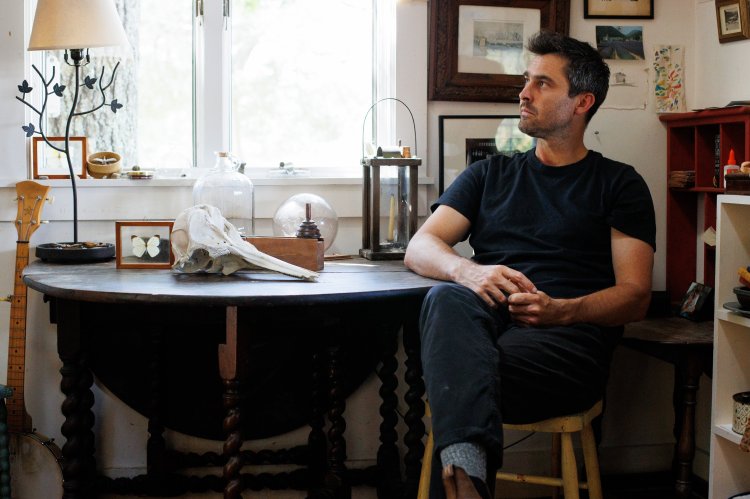
I don’t know what the Augusta train station (a 1910s station along the Maine Central Railroad track from Portland to Bangor) looked like. Of course, for the film, they had to create something that looked like it.
But mostly the story takes place in a rural setting, which is kind of a shortcut for historical fiction, too. In the story, they arrive at this guy John Conway’s house, and it’s in the woods and it’s surrounded by evergreens and pine trees — that basically would look like it does today.
When you drive from Massachusetts and you drive north to Maine, there’s always that moment when the windows are rolled down and you can smell the forest. That sharp, sappy, turpentine, minty smell: That would have existed a while ago, too. And the way that birds disappear into the rain-blackened trunks and whatever else I wrote is just research from being alive in the natural world of Maine today.
David works at Bowdoin College when he asks Lionel to collect songs. Do you have a connection to the school?
I once toured Bowdoin as a high school student. It was with my brother and my friend, we went on one of those group walking tours of the campus. My parents weren’t there, and my friend gave this fake name and had this whole charade of a character. And I was laughing so hard the whole time, and he was asking fake questions and basically, like, making a total mockery of the whole college application process.
I felt like I couldn’t even apply there. It always seemed like a really fun liberal arts college to go to. I’d love to — I don’t know, maybe I could teach there or something, for a semester. But yeah, my friend was very funny and irreverent, and it was like: What were my parents thinking, sending me, my older brother and three teenage boys for a college tour?
How did the film come about?
The History of Sound short story received a Pushcart Prize. Which I only say because then it got a lot more attention, and it went into the Pushcart anthology. And a producer in Los Angeles, she’s originally from the Cochran area, liked it because it just reminded her of home, New England.
So then the production company bought the short story, and I was just very naive — I think if I knew more about how the film industry worked, I would have said, ‘OK, somebody else who’s a seasoned screenwriter can write the thing.’ But I was like: ‘Sure, I’ll let you purchase the rights to make a movie, but I have to write the screenplay.’
What was it like to see your book and screenplay in visual form?
It felt hallucinatory, or dream-like. The first scene of the short story and of the screenplay takes place in a bar in South End Boston, and there was a moment the first time I went on set, where I entered the bar that I was writing about, and Paul and Josh were saying the lines that I had written. It really felt like a nighttime, hallucinatory sort of dream come alive. It was shocking.
It was as startling as if you had a dream about somebody, woke up, went to your living room, and they were standing there.
When you’re writing fiction, you’re keeping track of so many things. And in a screenplay, it’s just: Where is the character and what are they saying? The more description is actually detrimental to the vision, because the director and the actors are the ones who interpret that. And it’s cool to see Paul, Josh and Chris Cooper (who plays older Lionel) bring those interpretations to what they have on the page — just words.
‘The History of Sound’ got a nine-minute standing ovation at the 2025 Cannes Film Festival. What was it like to attend?
It’s such a strange project in so many ways: My first story to be bought by a production company, the first screenplay that I had ever written, and it went to this unbelievably huge, intimidating European festival with an enormous cultural and historical precedent. And I wasn’t involved in the editing process, and so I just arrived jet lagged the next day with a tuxedo, walking on a red carpet that is the biggest, most intimidating red carpet ever, with high school football bleachers and photographers on every side.
And then when you walk into the theater, everybody stands as the director, the writer, the actors walk in and they announce your name. The ceremony is unlike anything I’ve ever been to in any other film festival. And then you sit down, everybody sits down, and then the lights went out and the movie started. That was the first time I saw it.
Why wasn’t the movie filmed in Maine?
Most of it was filmed in New Jersey and Rome and the Lake District in England, and that of course, has to do with tax credits. I don’t think many things are filmed in Maine, but I know that Oliver Hermanus, the director from South Africa, went on a sailboat to Isle au Haut. He wanted to see what Maine was like.
What keeps you coming back to Maine?
I’ve just spent a lot of time up in Maine. And as every single person who goes to Down East Maine in their lifetime reports back, it felt important and special and unique, like an inevitably beautiful landscape.
Last time I was in Maine was to teach the historical fiction course in Stonington. I’ll teach that again next summer, probably in July. But if anybody wants to invite me, I will take any opportunity to visit.

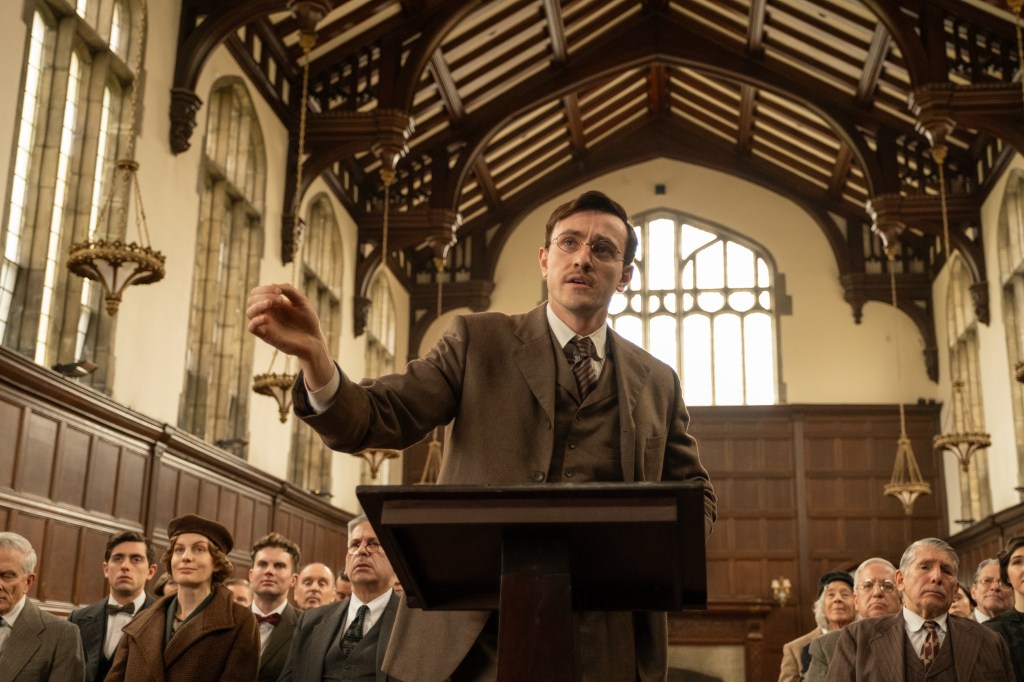
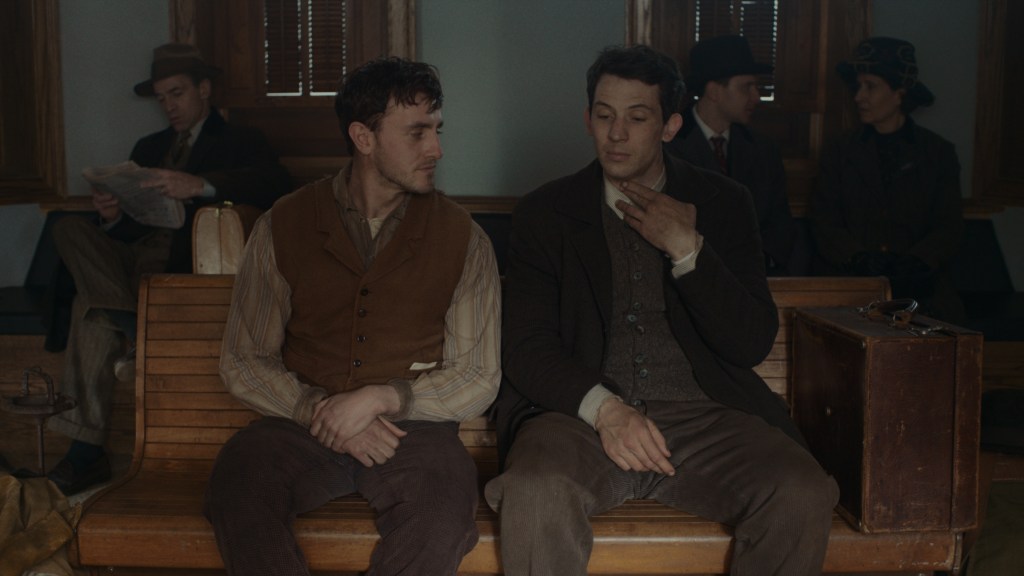
We invite you to add your comments. We encourage a thoughtful exchange of ideas and information on this website. By joining the conversation, you are agreeing to our commenting policy and terms of use. More information is found on our FAQs. You can modify your screen name here.
Comments are managed by our staff during regular business hours Monday through Friday as well as limited hours on Saturday and Sunday. Comments held for moderation outside of those hours may take longer to approve.
Join the Conversation
Please sign into your CentralMaine.com account to participate in conversations below. If you do not have an account, you can register or subscribe. Questions? Please see our FAQs.